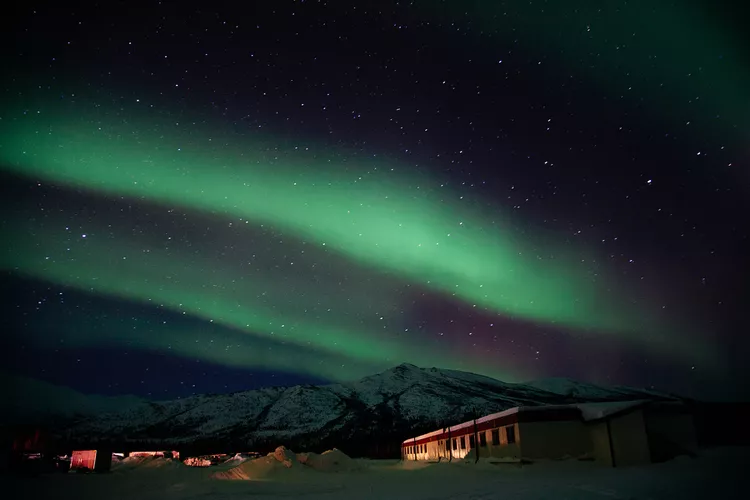Summary
Exploring Coldfoot, Alaska
To the untrained eye, Coldfoot seems like a mere rest stop for ice road truckers on their way to the oil fields of Alaska’s northern coast. However, it’s much more than that. Encompassing a post office, a few old-school gas pumps, an inn made from trailers, a troopers office, a basic restaurant, and a runway for bush planes, this town serves as a critical launch point for thrilling Alaska-sized adventures.
For those interested in exploring the rugged beauty of Gates of the Arctic National Park and Preserve or witnessing the stunning northern lights shimmering in the nocturnal sky, this outpost near the Brooks Range is ideal.
1. History of Coldfoot, Alaska
Coldfoot’s origins trace back to the gold rush era of 1899 when prospectors flocked to then-named Slate Creek. Legend suggests the name changed after several miners got “cold feet” about wintering in the Arctic Circle. Eventually, the community became a ghost town until the 1970s, when the construction of the Trans-Alaska Pipeline revitalized it. Today, Coldfoot houses just under 300 residents year-round.
2. How to Get to Coldfoot, Alaska
Driving to Coldfoot is an option, with a distance of approximately 250 miles from Fairbanks along the Dalton Highway. This highway is known as the most hazardous in Alaska, particularly during winter when icy conditions prevail. To tackle these roads safely, ensure you fill up your gas tank, download offline maps, and carry ample snacks and water. For those without a vehicle, a dependable option is to rent from Arctic Outfitters, which provides vehicles equipped with necessary safety gear.
You can also consider traveling with the Northern Alaska Tour Company. This bush plane service offers flights to Coldfoot that last roughly one hour and 45 minutes. Alternatively, you can opt for a more scenic experience by flying in and taking a shuttle bus back.
3. Where to Stay in Coldfoot, Alaska
Accommodation options in Coldfoot are limited. Your primary choice is The Inn at Coldfoot Camp, which comprises trailer-like rooms originally intended for pipeline workers. The no-frills lodging includes essential amenities such as two twin beds and a modest bathroom with a hot shower.
4. Where to Eat and Drink in Coldfoot, Alaska
The sole dining facility in Coldfoot is the Coldfoot Trucker’s Cafe. The winter menu features a classic selection of breakfast items available all day, alongside burgers, sandwiches, a soup of the day, salads, and hearty sides. During summer months, guests can enjoy a breakfast and dinner buffet. The cafe also provides “no-fuss sack lunches” to fuel your backcountry excursions.
Adjacent to the cafe is The Frozen Foot Saloon, offering reasonably priced beer and wine for guests seeking to unwind after a day of adventure.
5. Things to Do in (and Around) Coldfoot, Alaska
The northern lights draw visitors to Coldfoot, creating an enticing night sky spectacle. With clear weather, the auroras tend to showcase themselves, but they can be elusive, so patience is key. For a guided experience, Coldfoot Camp offers excursions to the nearby Wiseman village, where you can await the auroras in a heated cabin.
To stay informed about aurora activity, check out the Geophysical Institute at the University of Alaska Fairbanks on their website for forecasts and recommendations on potential viewing times. Numerous apps are also available to help track auroras.
Additionally, Coldfoot Camp arranges guided adventures, including:
- Koyukuk River Float: Available from mid-May to mid-September, this river float allows participants to explore Arctic Alaska’s flora and fauna, with opportunities to spot wildlife along the way.
- Arctic Snowshoe Outing: This guided excursion lets participants choose their own path along Clara Creek while enjoying hot drinks and snacks.
- Dog Sledding: Experience the thrill of dog sledding with expert mushers on daily trail runs.
- Gates of the Arctic National Park and Preserve Flightseeing Tour: With no roads within the park, a flightseeing tour provides a unique opportunity to appreciate this vast and remote wilderness.




